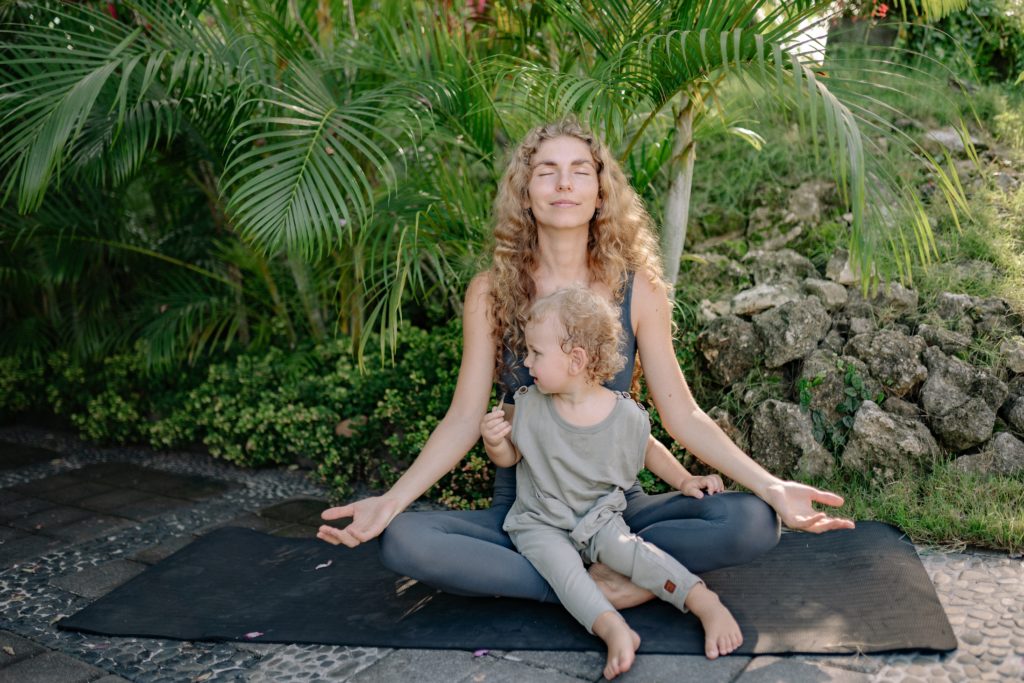
Why Feeling Sensations are Key to Mental Health
By Dr. Marina Heifetz, C.Psych
Research has increasingly shown that a key component of staying mentally healthy is our ability to sense, interpret, and integrate various body signals. This concept of feeling sensations is called interoception. On the conscious level, one may notice interoceptive signs such as heart rate, perspiration, and flushing. Researchers have found that various mental health disorders (e.g., anxiety and depression) may be characterized by having interoceptive dysfunction. In a recent study conducted by Norman Farb and colleagues at the University of Toronto, the fMRI neuroimages showed that there is a strong link between past depression and a greater tendency to shut down sensory processing during a stressful experience.
To better understand the important role interoception may play in depression, Farb’s study followed individuals who were in remission from depression for two years. Remarkably, they found that those individuals that blocked out or shut down their sensations during emotionally charged experiences were at greater risk of depressive relapse. Translating this research into our daily lives can be a powerful way to enhancing our mental health and reducing the risk for depression and other mental health disorders.
How do we strengthen our ability to be more connected with our bodily sensations, which in turn is linked to our mental health? Here are some simple (yet powerful) exercises one can practice regularly to stay connected to the body and mind:
Mindful breathing:
- This breathing exercise can be done any time and anywhere. You can choose to sit, lie down, or even stand. During this exercise, you simply close your eyes and notice your breath. You bring curiosity and non-judgemental attitude to this practice. As such, you breathe naturally, without trying to change anything.
- You breathe and notice the pace of your breath, the temperature, notice where your breath is in your body. Is it in your abdomen? Your chest? Your nostrils?
- You can add a fun element on to this exercise by closing your eyes again and drawing your breath. That is, you simply follow your breath by moving your pencil up/ down/ side ways etc. throughout the breathing exercise.
- There are some fun videos that guide our breathing, here is a favourite: https://youtu.be/RVA2N6tX2cg
- Adaptation with kids: Make it fun and more concrete by having the child lie down and place a small toy/ stuffy on the child’s belly. Then have the child breathe and notice their belly moving up and down. Some guidance and fun videos may be found here.
Body scan:
- Just as with breathing, the body scan can be done any time and anywhere. The goal here is to be more aware of our body and any discomfort within our body, rather than pushing away and ignoring these sensations. Thus, we learn to relate to our body by observing without judging and changing. This practice has been shown to be effective in reducing stress.
- Gradually you bring awareness to different parts of your body, from the feet to the top of your head, or from the head to the bottom of your feet.
- The idea in this practice is to simply notice the different sensations throughout the body, without needing to change anything.
- You may find this link to be a helpful guide for a good, simple body scan practice.
- Adaptation with kids: Make it fun by using a small flashlight to point to different parts of the body while noticing them. Another one that incorporates movement may be to put on some music and dance to it, then when it stops to pause with the child and notice what may be going on in the body.
Emotional awareness in the body:
- Recognizing how your body felt during different emotions is an important way to be mindful of your body-mind connections and helps you manage these emotions better. For instance, you may notice that your fists clenched and stomach tightened during a time that you felt angry, your breath became shallower and you felt dizzy during a time that you felt anxious, and your heart beat became more rapid and legs restless during a time that you felt excited.
- One fun way to do this exercise (which children and adults alike may enjoy) is to draw your body on paper and colour in the different body parts that felt differently during the different emotions. This exercise helps bring mindful awareness to how differently our bodies feel during the different emotional experiences.
- Another way to identify and track emotional awareness in the body is through Apps like Mind Shift, which have very simple and quick ways we can identify these bodily sensations.
Mindful walking:
- One fun and active way to engage in mindfulness is through walking. This can also be done any time and anywhere.
- Step gently onto the front half of your foot, then roll back to the heel as you walk. How does each step feel? As you walk, notice the physical sensations of walking. How does each step feel?
- Remember to connect back to your breath as you walk.
It is important to remember that throughout these mindfulness exercises, we emphasize connection to our body and avoid judgment mode. For example, if we get distracted from the mindful activity (which may easily happen as our minds are naturally busy with thoughts), we bring our attention back to the breath and the exercise, without beating ourselves up for becoming distracted. These exercises help strengthen our connections to the body and help us stay in the present moment, both of which have been shown to optimize mental health. At the end of the day, the goal is to have fun and live our lives in the present moment, being attuned to our bodies and our surroundings.
This article was originally published in Psychology Today. Visit it here: https://www.psychologytoday.com/ca/blog/raising-mindful-kids/202205/how-feeling-sensations-are-key-mental-health
